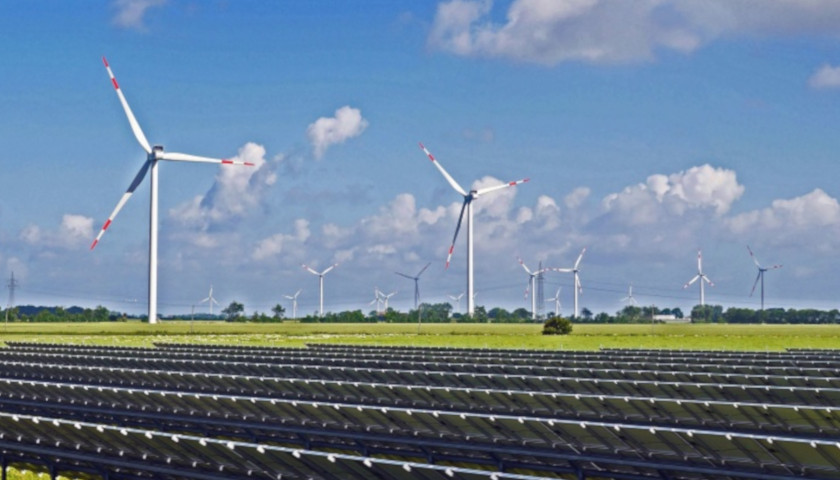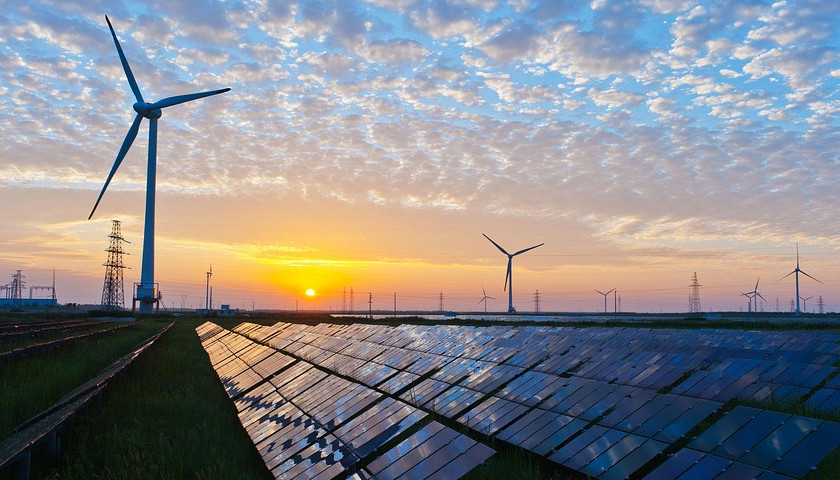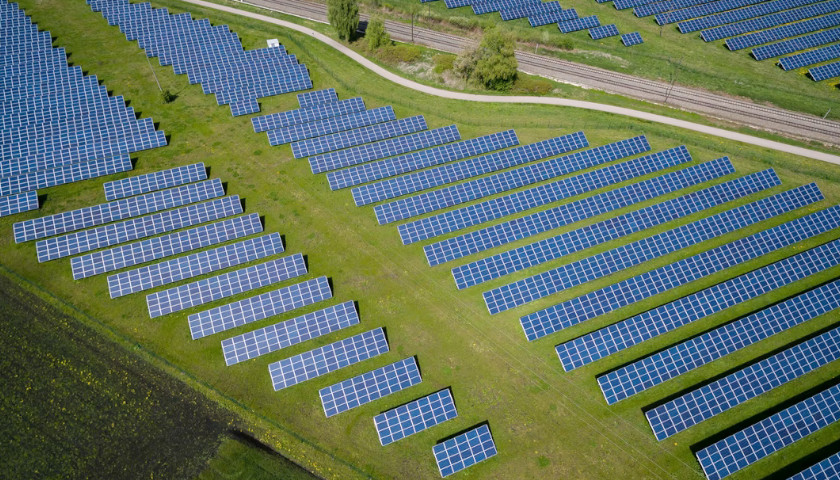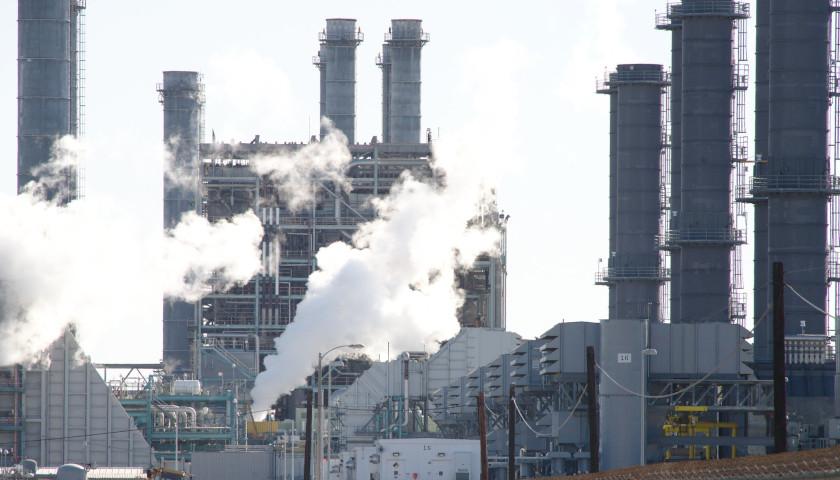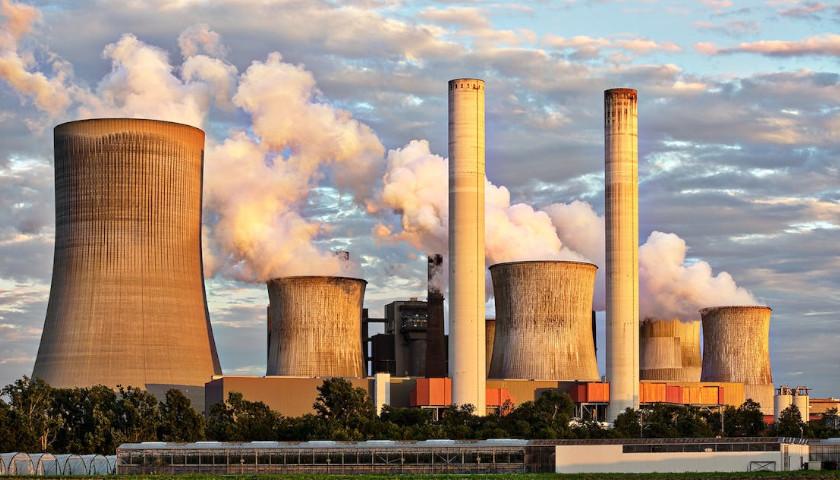by Michael Bastasch
Wind and solar energy generation is growing, but it’s still an incredibly small part of the global energy mix, according to statistics compiled by the oil giant BP.
Meanwhile, fossil fuels — coal, natural gas and oil — accounted for 85% of global energy consumption in 2018, BP reported Tuesday as part of its annual energy report.
 In fact, BP reported the U.S. led the world in oil and natural gas production growth. U.S. petroleum output saw the biggest annual growth ever recorded in any country, BP said.
In fact, BP reported the U.S. led the world in oil and natural gas production growth. U.S. petroleum output saw the biggest annual growth ever recorded in any country, BP said.
In other words, shale is booming. The U.S. surpassed Saudi Arabia and Russia in 2018 to become the world’s largest oil-producing nation.
“Oil remains the most used fuel in the energy mix,” BP reported in its annual energy review. “Coal is the second largest fuel but lost share in 2018 to account for 27%, its lowest level in 15 years. The share of natural gas increased to 24%, such that the gap between coal and gas has narrowed to three percentage points.”
“The contribution of hydro and nuclear remained relatively flat in 2018 at 7% and 4%, respectively,” BP reported. “Strong growth pushed up renewables share to 4%, just below nuclear.”
Renewables include energy generated from wind, geothermal resources, solar, biomass and waste. China is the world’s largest renewable energy producer, BP reported, but the country also uses the most fossil fuels.
The two biggest sources of renewable energy — wind and solar — only produced 3% of global energy in 2018, BP figures showed. While wind and solar use has grown rapidly in recent years, it’s not enough to keep greenhouse gas emissions from rising.
Limiting global warming to 1.5 degrees Celsius above pre-industrial times would cost as much as $122 trillion by 2050, the United Nations estimated in 2018. Politicians and environmentalists are pushing for the 1.5-degree goal, but energy experts and economists are skeptical.
BP estimates carbon dioxide emissions jumped 2% in 2018 — that’s the fastest growth rate in seven years. BP’s estimate is less than the 3.7% increase in emissions projected by the Global Carbon Project late in 2018.
Emissions rose on higher energy demand, BP found. The oil giant mostly attributed the jump in demand to extreme weather in North America and Asia (Remember the record cold last winter?).
Demand for natural gas grew nearly two-and-a-half times faster than for renewables, driven by the U.S. and environmental policies in China to improve air quality. Coal’s share of global energy demand his its lowest point in 27 years, though actual use increased.
“The growth in coal demand was the second consecutive year of increases, following three years of falling consumption,” BP chief economist Spencer Dale said in a presentation Tuesday.
“As a result, the peak in global coal consumption which many had thought had occurred in 2013 now looks less certain: another couple of years of increases close to that seen last year would take global consumption comfortably above 2013 levels,” Spencer said.
– – –
Michael Bastasch is a reporter for the Daily Caller News Foundation. Follow Michael on Twitter.

